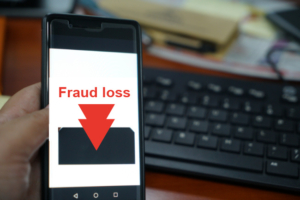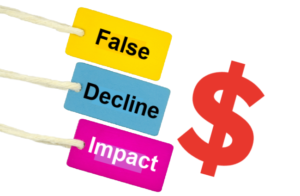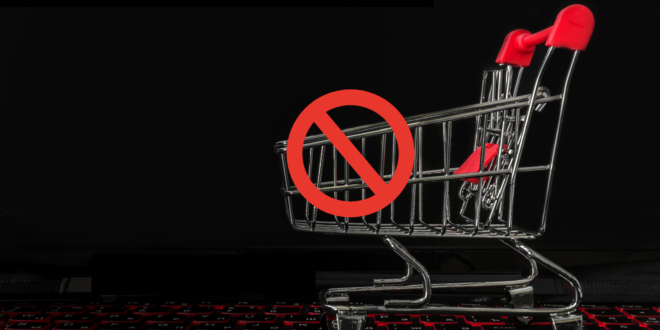By Rafael Lourenco, EVP & Partner, ClearSale
The subscription model is convenient for customers and ideal for businesses that want to build their recurring revenue base. However, subscriptions are vulnerable to payment declines in error, which can cause customers to churn and reduce ROI on subscription commerce investments.
One recent survey of subscription retailers found that 50% of churn results from declined card payments. Another found that 87% of leaders in the subscription space rank customer retention as a priority higher than or equal to acquisition–and 64% expect customer churn to increase over the coming year. Addressing the issues with order declines and payment failures could help subscription sellers meet customer retention goals by reducing payment-related churn.
Declines on subscription payments

There are several reasons why a recurring payment for a subscription might be declined. Some reasons are legitimate, such as obvious CNP fraud, a charge to a card that’s maxed out, or a charge to a card that has expired or been canceled. Other declines may appear to be fraud but result from payment processing issues, a problem that nearly half of the top-performing subscription businesses recognize as an issue, per PYMNTS.
Declines can also result from human error. For example, what happens if a customer enters their address slightly wrong, perhaps mistyping one digit in their ZIP code? Many basic off-the-shelf fraud solutions, including some built into popular e-commerce platforms, will flag the order as fraud because the customer’s entry won’t match the entry in the Address Verification System (AVS). If the fraud solution is set up to reject all orders flagged as fraud automatically, then that order will be declined. Likewise, if a customer forgets to update their billing address with the retailer after a move, subsequent subscription payments may be declined because of the mismatch between the billing address stored by the merchant and the new billing address associated with the payment card.
Fraud screening rules may also result in declines in good orders. For example, if a customer’s card is issued by a bank in another country and the default fraud rules prohibit cross-border payments, that may trigger an automatic decline, even if the order is legitimate. Customers who are new to online shopping and those with relatively new credit card accounts may also have their orders declined based on fraud rules about the age of the account or the extent of the customer’s online shopping history.
Short- and long-term impacts of declines

Declines are a common problem for online consumers across the e-commerce experience, not just in the subscription space. 25% of shoppers in ClearSale’s most recent five-country consumer attitudes survey reported at least one declined e-commerce order within the past 12 months. Every false decline represents an immediate loss of revenue, but for subscription retailers, a decline or failed payment can translate into lost recurring revenue for the subscription period. A PYMNTS survey found that 27% of subscription customers are likely to cancel their orders “if they experience service interruptions due to failed payments.”
There are longer-term risks associated with false declines, as well. Among customers in the consumer attitudes survey, 41% said that if a retail site declines their order, they won’t shop there again. Considering the intense competition in the subscription space, false declines represent an unforced error that drives customers to competitors. If a business generates false declines frequently, it can erode the customer base’s loyalty and reduce its average customer lifetime value.
The damage false declines cause doesn’t stop there. Nearly a third (32%) of respondents in the consumer attitudes survey said they would post a negative comment about the retailer online after their order was declined. That negative word-of-mouth can chip away at a brand’s reputation and increase the spending required to acquire new customers.
Tracking and analyzing subscription false declines

To prevent false declines, your business must first understand the scope of the problem. For many retailers, this is difficult because their fraud solution may not differentiate between false declines and actual fraud attempts. If this is the case, it’s possible to back-test batches of declined orders to see what percentage were good orders.
With this data, you can see how much revenue–and how many customers–your business is losing to these errors. For example, did any declined customers try to place their order again, or did they disappear? You can also analyze your company’s social media mentions for comments about declines to understand how the problem might affect your marketing efforts.
Looking more closely at orders declined in error can identify specific triggers for false declines. For example, perhaps most declined orders originated overseas or had data-entry errors in the customer data fields. Knowing the causes and the scope of the issue will help you create a plan to fix it.
Fixing your false decline problem

If your false declines are caused mainly by customer data entry errors, find ways to minimize data entry requirements while still gathering the information you need to screen orders, fulfill them, and maintain evidence to dispute future chargebacks. One of the easiest ways to minimize data entry requirements is by accepting digital wallet payments that store and provide customer data. 57% of consumers in the five-country survey find digital wallets to be convenient alternatives to credit card payments, so adding these options also helps meet your customers’ CX expectations.
If other factors like cross-border orders or new customer rejections create a false decline problem, adjusting your fraud control rules may resolve the problem. For example, you may need to set new rules for international customers and those new to e-commerce. It’s also a good idea to avoid automatic rejections for all flagged orders and review those orders to avoid declines based on minor errors rather than fraud. Finally, if payment processor errors are causing payment declines, it’s essential to work with the processor to find a way to reduce those errors.
Preventing false declines in subscription e-commerce requires time and research, but the payoff is more revenue, stronger customer relationships, higher customer lifetime value, and a better reputation for your brand. These are all valuable outcomes at a time when the competition for subscriber dollars and loyalty is intense and growing.
About the Author

Rafael Lourenco is Executive Vice President and Partner at ClearSale, a global card-not-present fraud protection operation that helps retailers increase sales and eliminate chargebacks before they happen. The company’s proprietary technology and an in-house staff of seasoned analysts provide an end-to-end outsourced fraud detection solution for online retailers to achieve industry-high approval rates while virtually eliminating false positives. Follow on LinkedIn, Facebook, Instagram or Twitter @ClearSaleUS.

